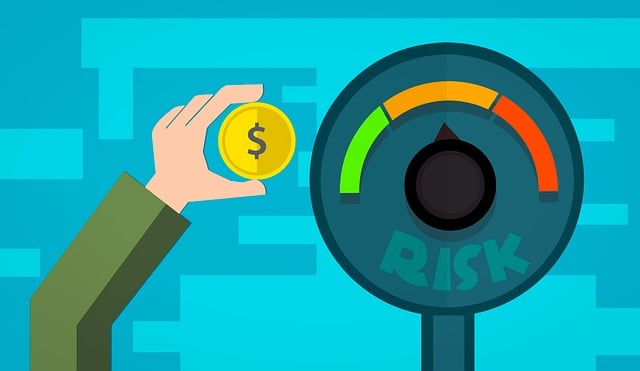Many individuals struggle with multiple credit card debts, holding significant balances due to spending habits, unexpected expenses, or promotional offers. Each card may offer rewards but combined debt is overwhelming with high-interest rates, multiple payments, and psychological strain. Consolidating this debt into a single low-interest loan simplifies financial obligations, reduces interest expenses, provides better control over finances, and marks a step towards financial freedom. By doing so, budgeting becomes manageable, monthly payments decrease, interest charges are saved over time, and funds become available for other essential expenses or savings goals, promoting improved financial health and flexibility.
Tired of juggling multiple credit card bills with high-interest rates? Merging your cards into a single, low-interest loan could be a game-changer. This article guides you through understanding the challenges of multiple card debt and highlights the significant benefits of consolidation. We’ll outline effective strategies and steps to combine your debts, offering a clear path to financial stability and savings. Discover how consolidating debt into one loan can simplify your finances and reduce stress.
- Understanding Multiple Card Debt and Its Challenges
- Benefits of Consolidating Debt Into One Loan
- Strategies and Steps to Merge Multiple Cards Into One Low-Interest Loan
Understanding Multiple Card Debt and Its Challenges

Many individuals struggle with multiple credit card debts, often accumulating a significant balance across various cards. This situation arises from various factors—spending habits, unexpected expenses, or even taking advantage of promotional offers. While each card may offer different benefits like rewards points or low initial APRs, the combined debt can become overwhelming. The challenges pile up: high-interest rates, multiple minimum payments due each month, and the psychological strain of managing several cards.
This conundrum highlights the need for a strategic solution—consolidating this debt into a single, low-interest loan. By doing so, individuals can simplify their financial obligations, reduce interest expenses, and gain better control over their finances. It’s a step towards financial freedom, allowing folks to focus on repaying the loan rather than juggling multiple card statements.
Benefits of Consolidating Debt Into One Loan

By consolidating your debt into one low-interest loan, you gain several significant advantages. Firstly, it simplifies your financial obligations by combining multiple payments into a single, manageable bill. This streamlines budgeting and makes it easier to track expenses. Secondly, consolidations often result in lower monthly payments due to the extended repayment term, alleviating the pressure on your cash flow.
Moreover, a consolidated loan can help you save money on interest charges over time, as the single loan typically carries a lower interest rate than the aggregate rates of your individual debts. This financial burden reduction can free up funds for other essential expenses or savings goals, promoting better overall financial health and flexibility.
Strategies and Steps to Merge Multiple Cards Into One Low-Interest Loan

Merging multiple credit cards into one low-interest loan can be an effective strategy to simplify debt repayment and save on interest charges. Here’s how it works and the steps involved:
Start by evaluating your current financial situation and understanding the interest rates, terms, and conditions of each credit card you intend to consolidate. Compare these with potential loan offers from banks or credit unions. Look for a low-interest rate and consider loans offering features like no origination fees or prepayment penalties. Next, calculate the savings by consolidating—this will help motivate you throughout the process. Gather your financial documents, including pay stubs, tax returns, and bank statements, as these are typically required for loan applications.
When applying for a consolidation loan, you’ll need to decide whether to use a secured or unsecured option. A secured loan requires collateral, often your home or vehicle, while an unsecured loan doesn’t. Choose wisely based on your financial health and comfort level. After approval, the lender will disburse the funds to pay off your credit cards. Set up a repayment plan that aligns with your budget and ensures timely payments to maintain a good credit score.















